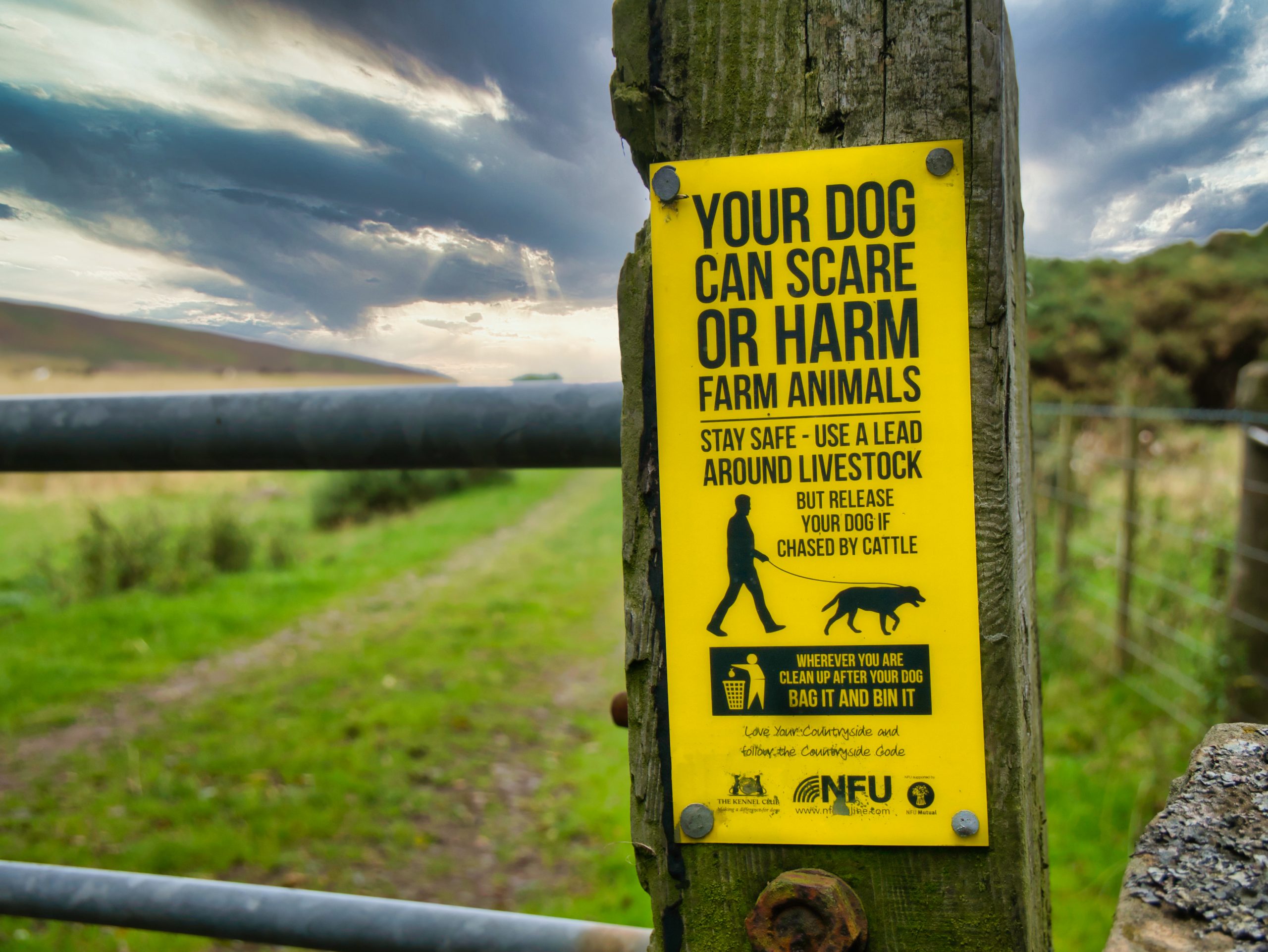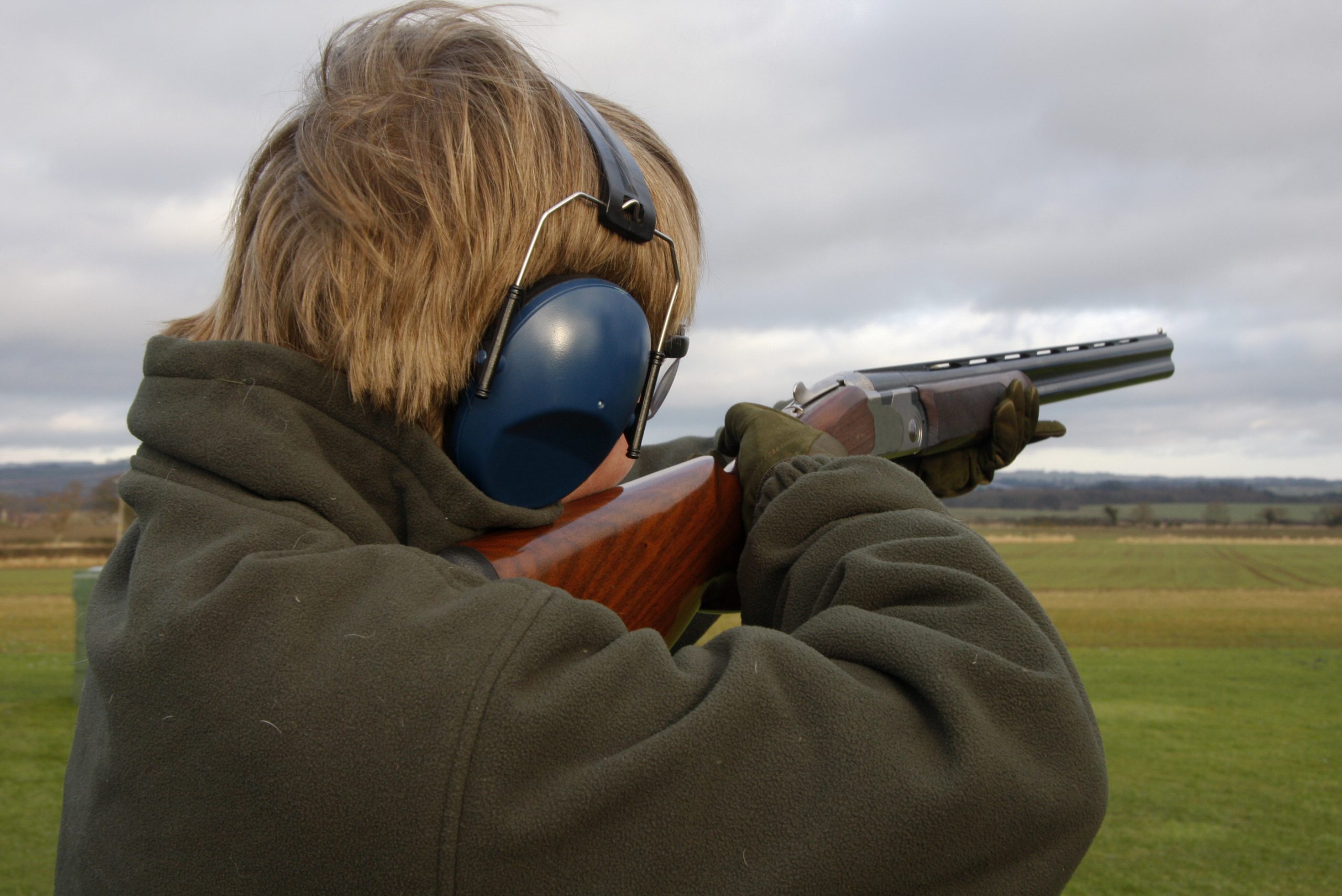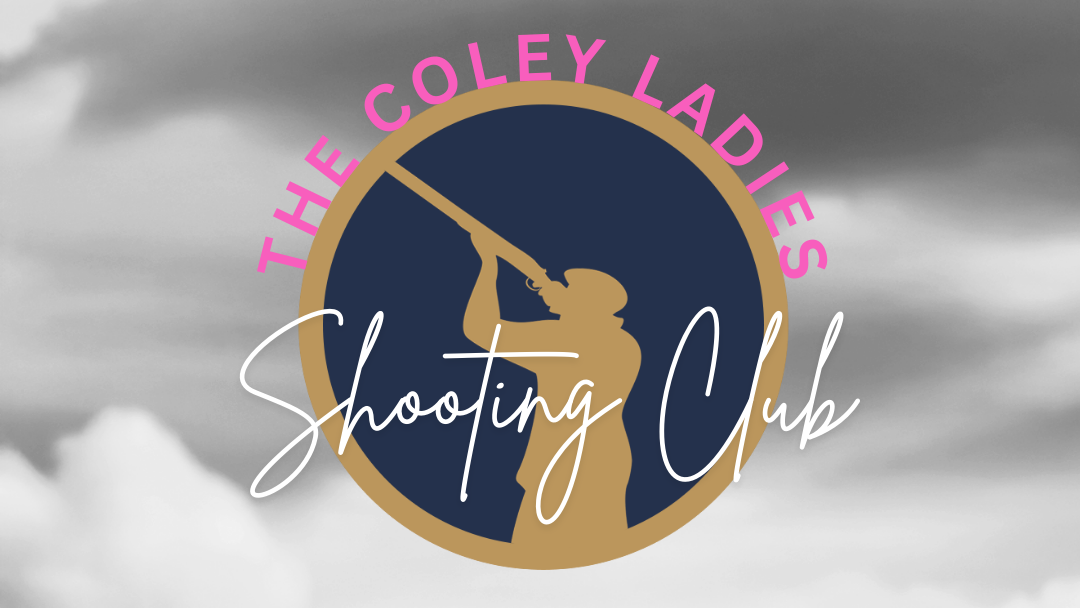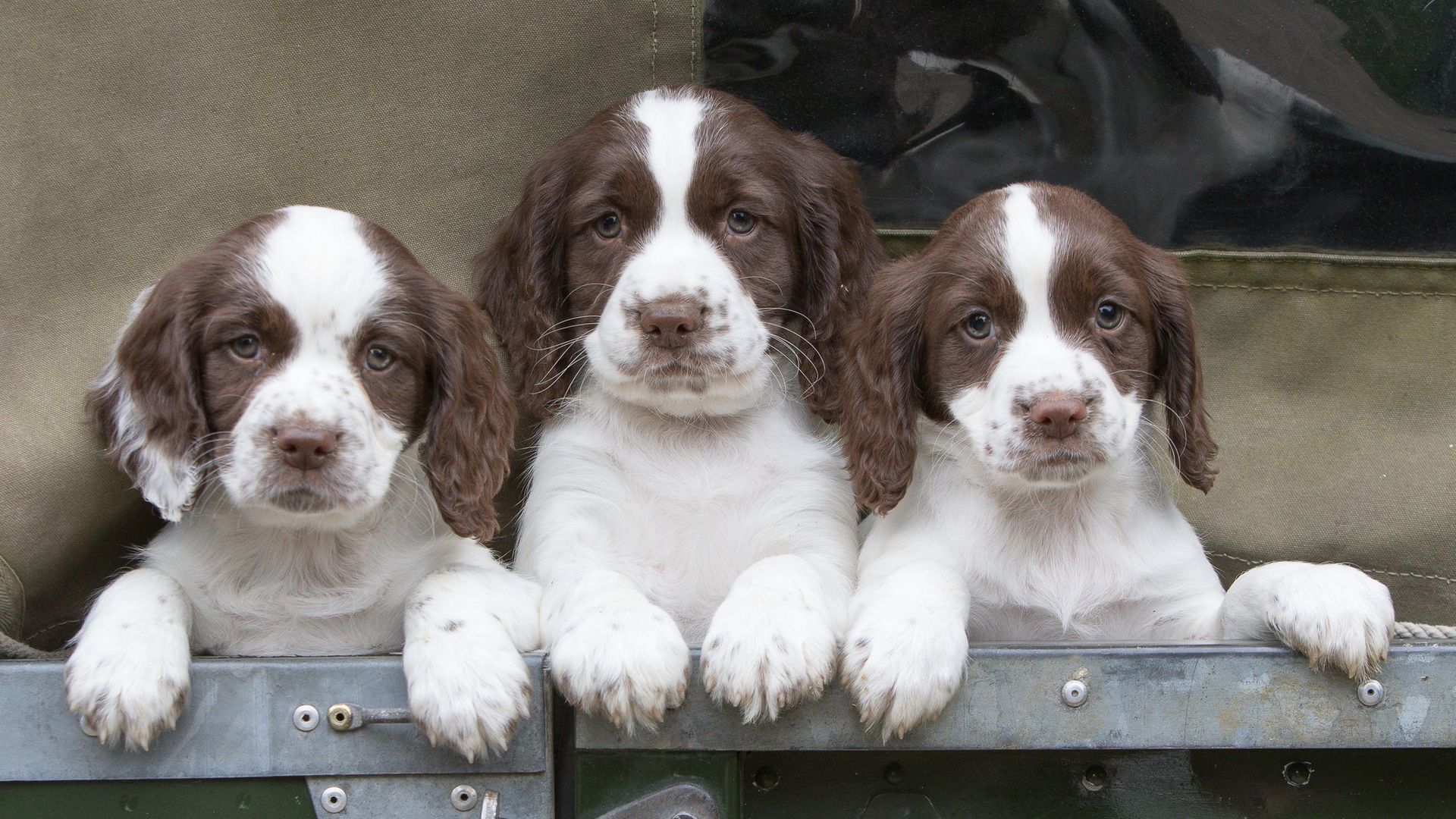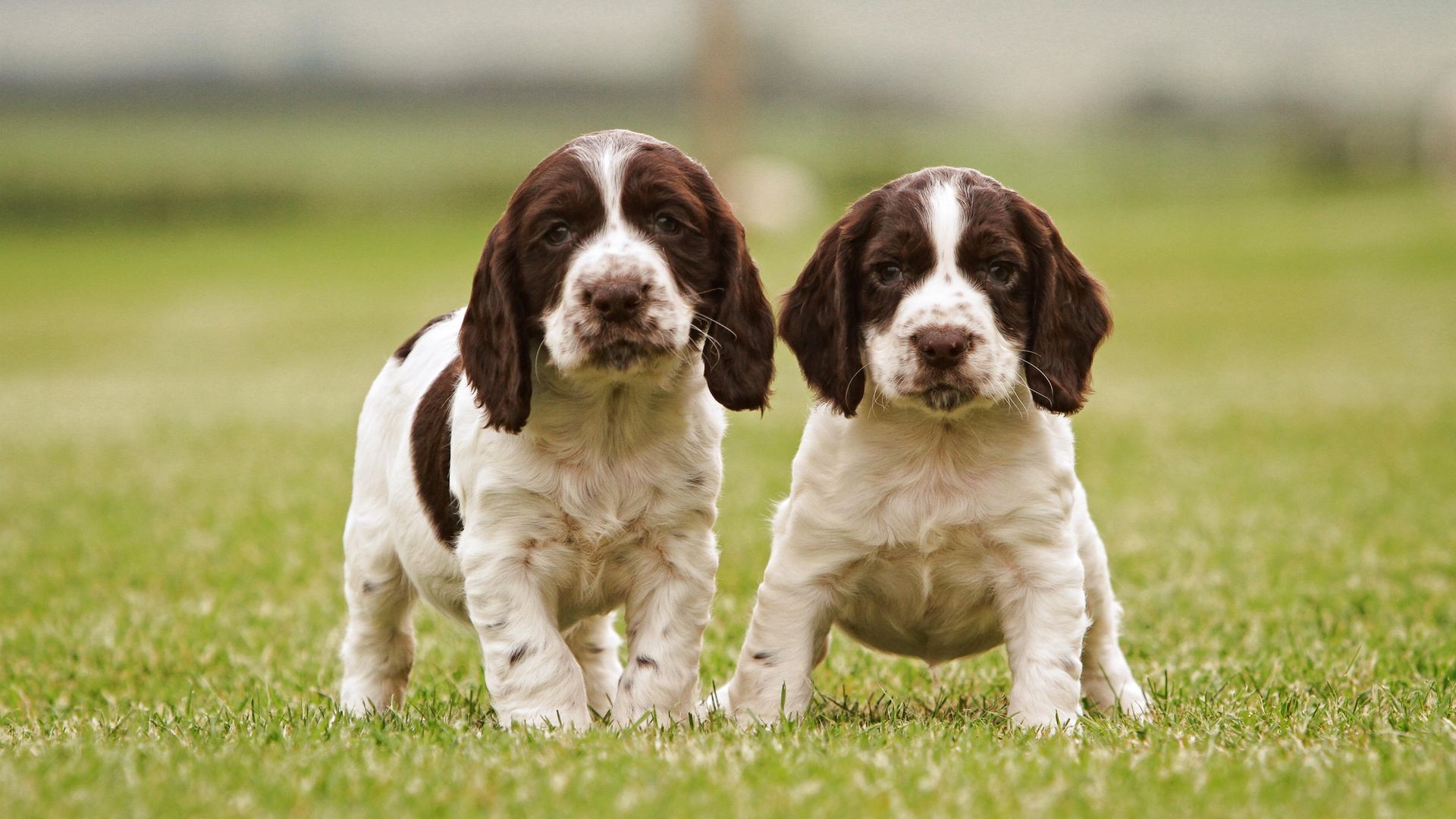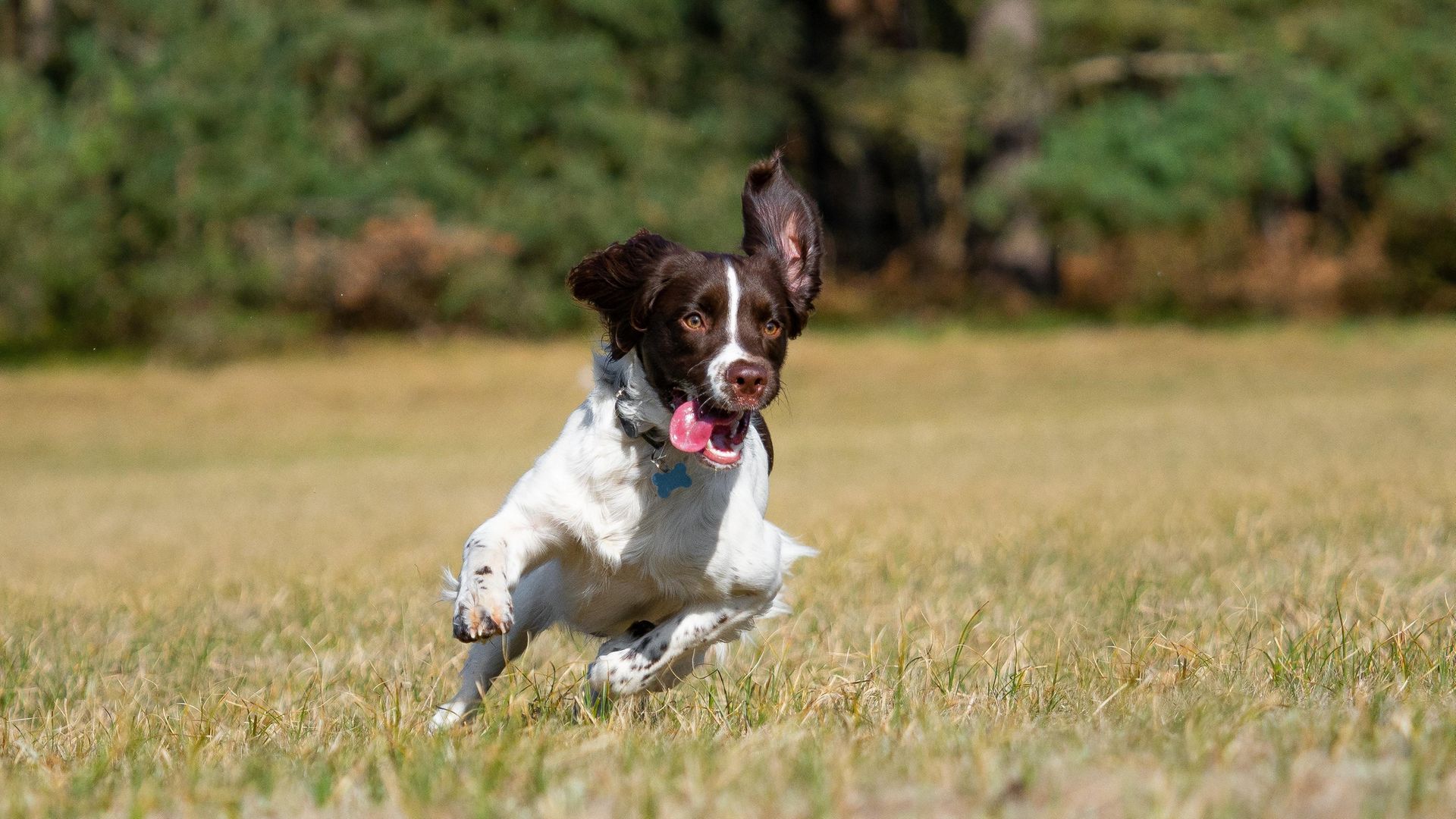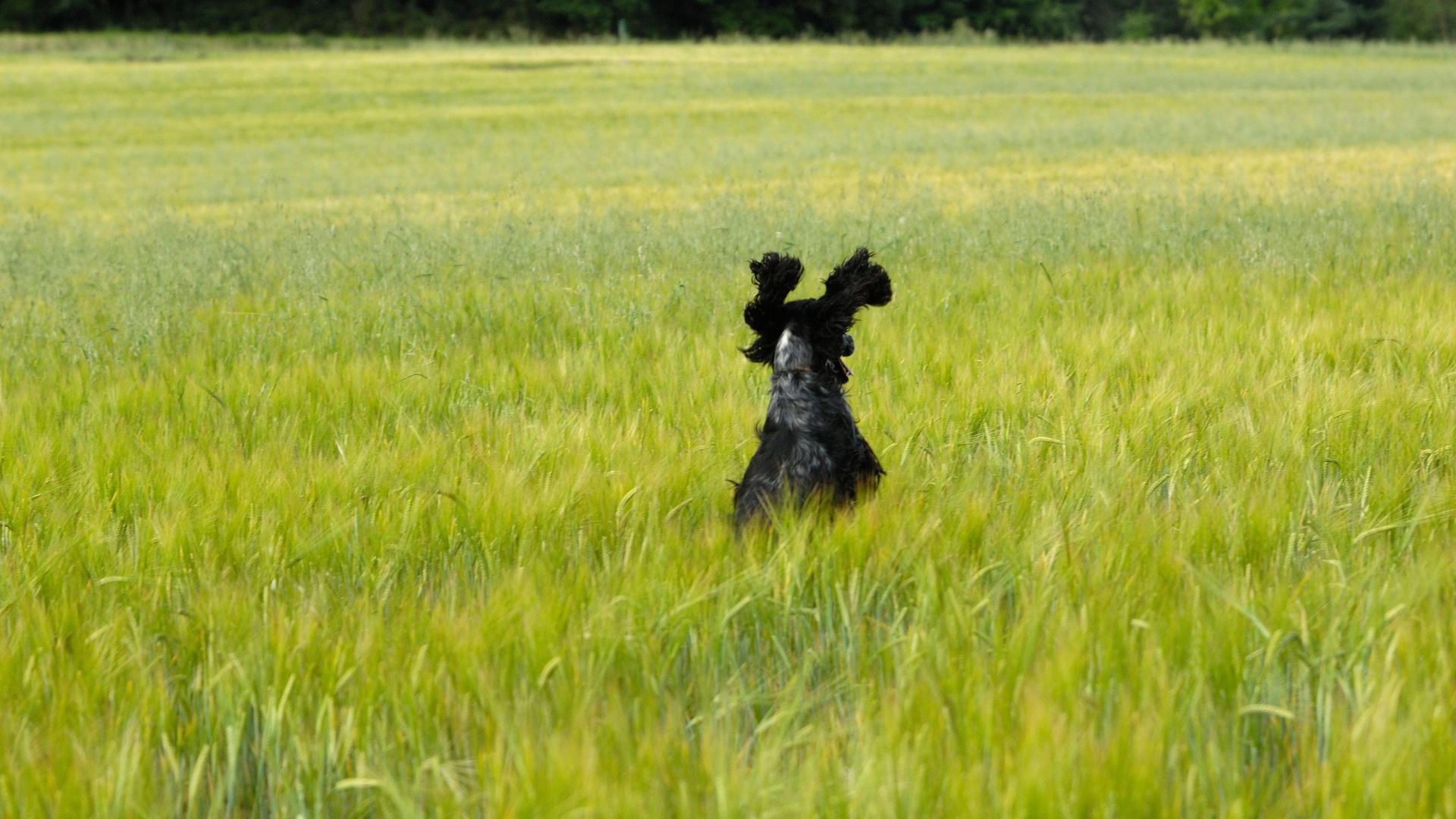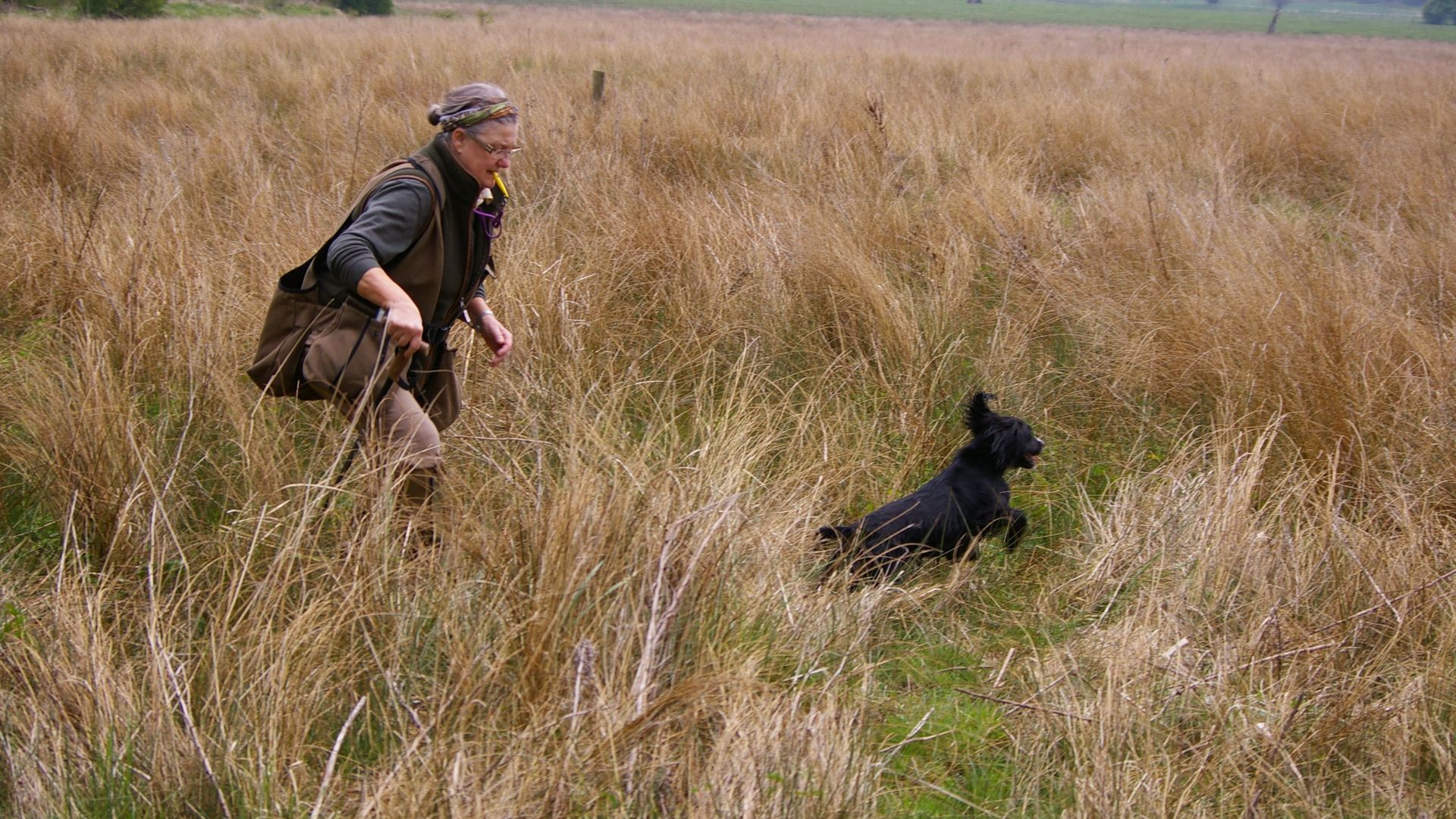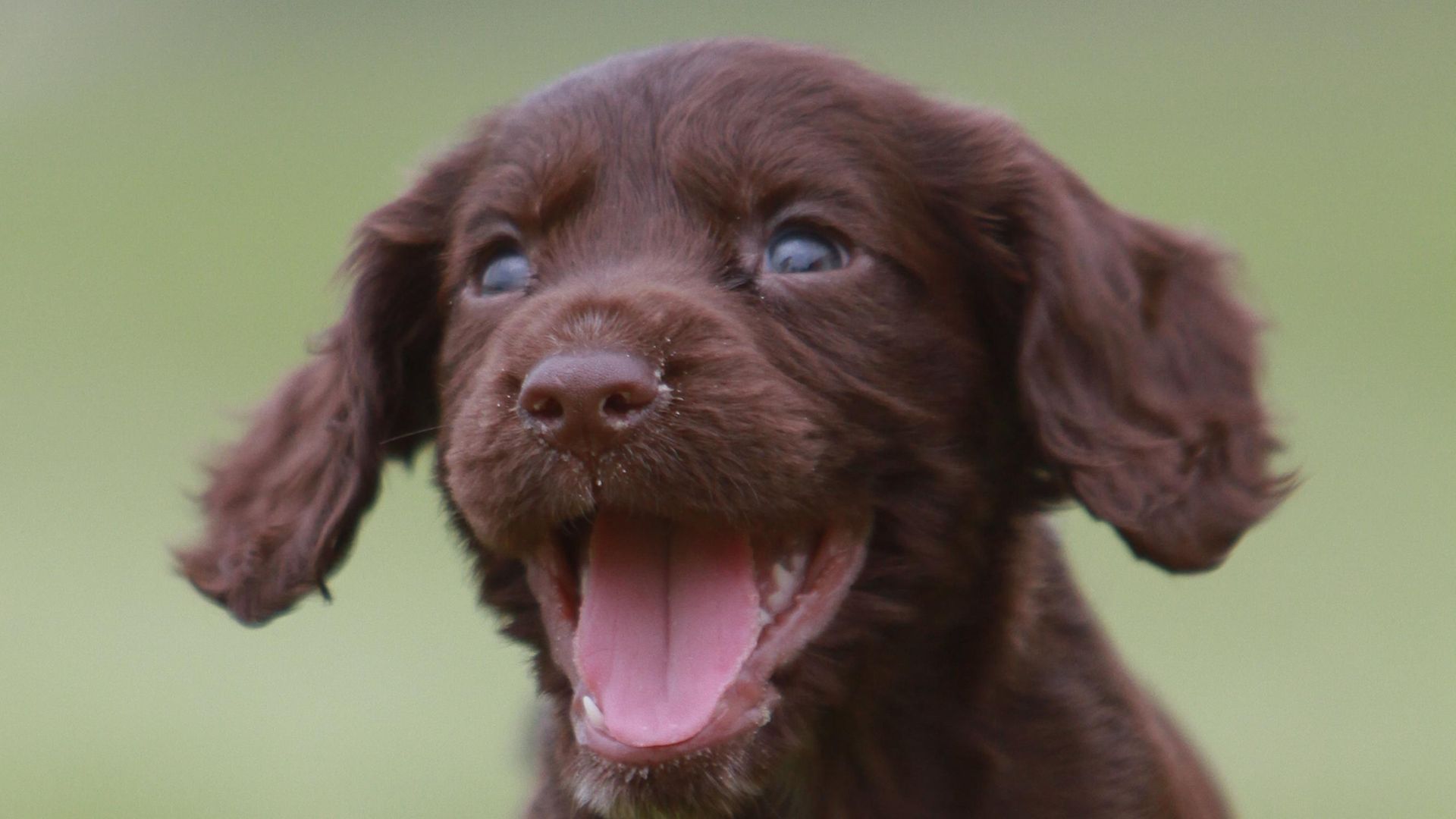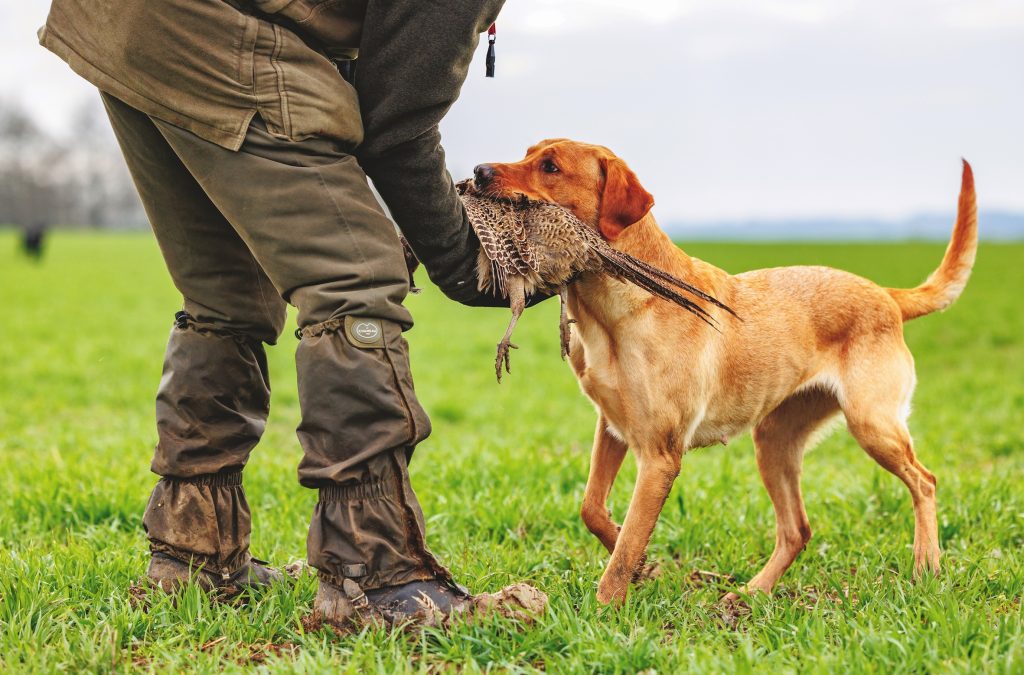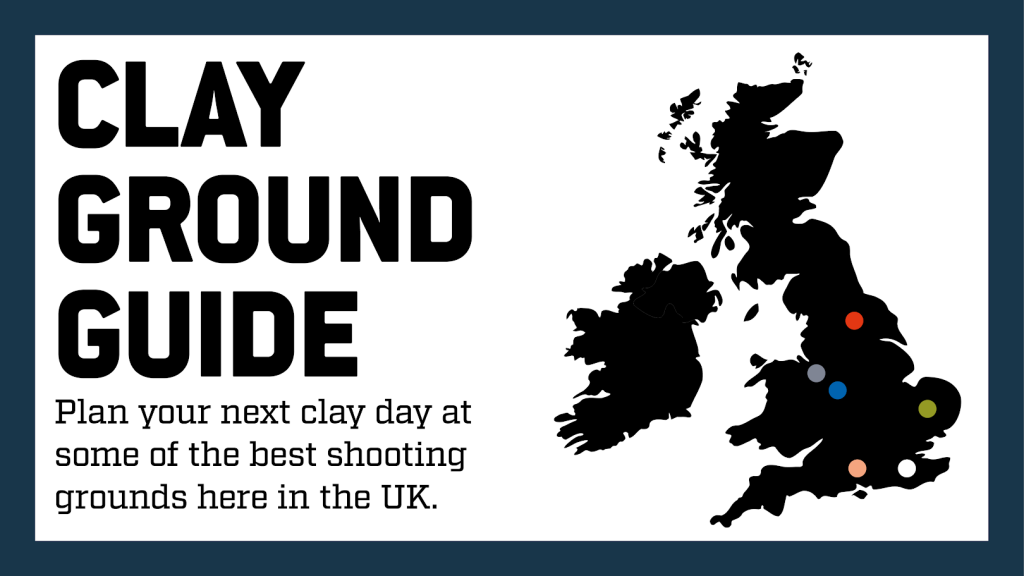Running riot: breeders are selling gundogs to the wrong homes
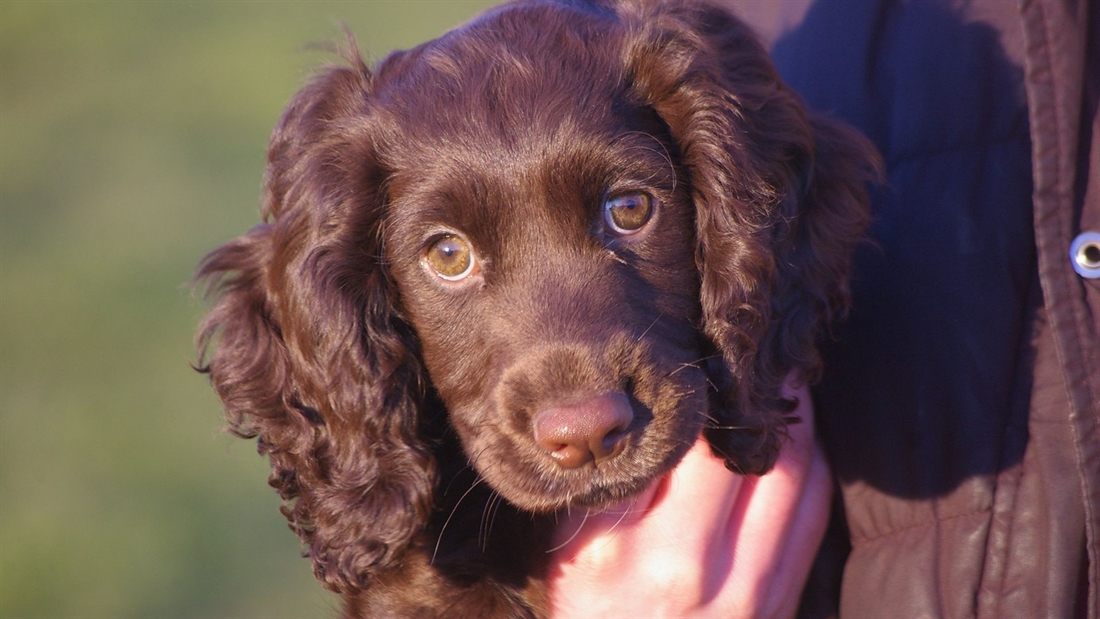
Irresponsible breeders selling hunting dogs to the wrong owners is taking a heavy toll on our country’s wildlife, often with disastrous outcomes, says Ryan Kay
The country has officially gone dog mad! Over the three lockdowns, the demand for puppies or dogs of any age, went through the roof. There has been unprecedented demand, soaring puppy prices, increased dog thefts, overwhelmed rescue centres, and more ‘life of a puppy’ TV series’ than you could shake a stick at!
We (Mrs Kay and I) did not get involved in any puppy breeding during 2020 and instead simply added prospective puppy owners to a list of future planned litters. That list, much to the annoyance of some potential owners, is not, however, a list in numerical order, i.e. first come, first served. It is a list of what we think are suitable homes. A list where the 10th person on it could be our number one choice for a puppy home; a list where we pick, from dozens of names, what we believe to be the best possible homes for well-bred, high-drive, working cockers.
We generally breed just one or two litters a year, with the main aim to keep a pup that catches our eye. But finding the rest of the litter desirable homes is, I find, a real challenge, despite the demand. I am perhaps too fastidious and picky about the right homes, but maybe that’s exactly how I should be. Perhaps it’s how many other breeders should be also.
As a nation, we are, without doubt, dog lovers, but I feel being just dog lovers is really not good enough. Ideally, we need to be a nation of dog understanders. To simply love a dog does not meet all its needs. It may satisfy your human soul but to understand the dog’s needs, you have to understand the breed and what that breed is designed for.
I touched on this subject a few months ago, but aside all the above, the issue that gets right on my nerves, is the effect that the selling of hunting dogs (namely spaniels) to pet or ‘active family’ homes is having, and indeed will continue to have, on our countryside and the wildlife that resides there.
The problem
There is an unfortunate collision course for some of our wildlife caused by the increasing number of folk that understandably need and want to enjoy countryside walks. Human activity alone is one problem but give that human a spaniel or other hunting dog to run wild during the walk, and we can have a recipe for disaster.
I do, of course, realise that everyone has to start their learning and understanding somewhere, but that education should begin where the puppy is bought – a responsible breeder. By responsible, I don’t simply mean the breeding of healthy and happy dogs, where health testing of the parents and the well-rounded upbringing of the pups is sometimes the only criteria, but also the desire to educate new owners about what they may be taking on, rather than the breeder’s aim to cash in on the recent price hike to the highest bidder.
As the third lockdown has lifted, supplemented with some very kind weather, the new dog owners of previous lockdowns took to the countryside accompanied by their baby-faced assassins – cockers or springers – that have no idea what a human walk is, only the desire to run and chase.
All dogs were bred for a reason, but very few breeds are still being bred consistently and in earnest for their original reason. For example, the need for Dalmatians to trot alongside a carriage, or a Daschund to go to ground on a badger, or an Otterhound to hunt otter is no longer required. Some breeds are bred in small pockets for their original intention with little or varying success, but when it comes to hunting breeds, none are as apparent or as successful as cockers or spingers, which are of course still being bred for the same traits as their original use or design.
Fuelled by our thriving British shooting and hunting scene, the selective breeding of these dogs is a real testament to our dedication to attain a dog that still does the job. Unfortunately, the current demand for these breeds and other hunting dogs has really messed things up in so many ways! Added to the list of knock-on consequences that I mentioned at the beginning is the impact of bestowing thousands more capable hunting canines on the countryside with their sometimes unknowing and untutored new owners.
The demand for trainers and lessons has also increased exponentially and I, like many other trainers, am booked up weeks in advance for one-to-one lessons. Of these, I estimate around 80% of my customers are made up of gundogs from the three hunting sub-groups (spaniels, HPRs and bird dogs), where something has gone wrong. The arrival of these hunting dogs range from 6 months to 14 months of age and the story from the owner usually starts with “All was going well, and his recall was perfect…”. This is then followed by several recent tales of chases and disappearances, where the latter have been getting longer and longer.
The problem? A new owner that didn’t fully understand what they were letting themselves in for… an owner that keeps it purely as a pet and walks it twice a day on wild walks in the countryside. The original dreams of quiet family walks in the country air, whilst their cute and conveniently-sized spaniel potters around in front of them, are now long gone; replaced by outings of stress-induced frantic calling and constant shouting. What is even worse, is an owner that just doesn’t care about their unruly spaniel – sauntering along oblivious to the damage caused by a free-hunting whirling dervish. At least those that then book gundog lessons have now recognised the problems and are willing to do something about it, as opposed to the carefree ignorance of others.
Now I have brought the whole irresponsible ownership thing up before, but rather than harp on any further about folks’ lack of understanding and hapless dog ownership again, I’m going to shed some light on the consequences of these proprietors and, moreover, the effects of the current situation. I’m going to let you know why irresponsible breeders that sell hunting dogs to uneducated and sometimes inadvertently negligent owners are causing such a stir!
The consequences
John Cavana is an ornithologist, a conservationist and a fellow gundog trainer, who lives in Westerdale, in the North York Moors. John is a real countryman, with a deep understanding of his surroundings and the wildlife that resides there. I rang John to chat about the current situation and how the increased canine population has had an effect on what is essentially, his back garden.
We started talking about Open Access land. This is land that since 2005 has become accessible to the public through the ‘right to roam’ law, or more officially known as the ‘CRoW act’ (Countryside and Rights of Way). Less affectionally known to John and other custodians of the countryside as the ‘Criminal Rights of Way’.
The public are allowed to venture across Open Access Land with dogs under close control. Unfortunately, many owners ignore the ‘close control’ bit, with dogs often allowed to roam quite far and freely through important habitats for ground-nesting birds. John has recently seen a huge increase in walkers and folk enjoying the countryside, which is of course understandable given the recent tough times that people have been through. The problem is that more of these people are accompanied by their free-running dogs. John says that one of the main concerns is the rising effect of secondary predation. This is where a dog runs around and causes birds such as curlew and grouse to sound their distress alarm.
Ground-nesting birds like these are precocial – meaning they can walk soon after hatching. When danger is in the area, the parent birds sound their alarm, which alerts their chicks to run, crouch and hide. The dog owner, often oblivious to this, carries on their merry way, unaware that their dog is causing any problems as it continues to run around on a jolly. Secondary predation, however, then takes place, as the distress calls from the adult birds has now alerted predators like stoats and corvids to the area where chicks are hiding… in other words, the oblivious dog owner has given predators the key to the larder!
As an ambassador for Curlew Action, John tells me this sort of thing now happens daily. John has also had to call out police to deal with incidents of dogs chasing sheep, including a Gordon Setter that jumped over a wall and quickly killed a sheep, then popped back over and ran back to its owner some distance away. But it’s not just the sheep that suffers in these cases, says John. During the unpleasant incident, the dog then causes other animals to scatter and raise alarms, which then starts secondary predation again.
To John, since the CRoW act, the disturbance to wildlife is clear and obvious. But now it’s also clear that the rise of gundogs from the hunting sub-groups sold to uninformed or irresponsible (take your pick) owners, by breeders of the same description, is contributing to the shameful effect on wildlife.
From my point of view, the subsequent impact on wildlife and farm animals caused by free-running dogs is one thing, because as I mentioned earlier, I’m hearing more and more tales of dogs going missing from their owners, often the result of a chase. The outcome is becoming frequently more disastrous where a dog is either lost completely, run over or even shot (where livestock is concerned). And for all the stress caused to the people involved – the dog owner, the farmer, the conservationist, the landowner, the dog itself on occasion, or maybe even the driver of the car that knocked the dog down – the really sad thing about this current mess is that none of it is the dog’s fault!

